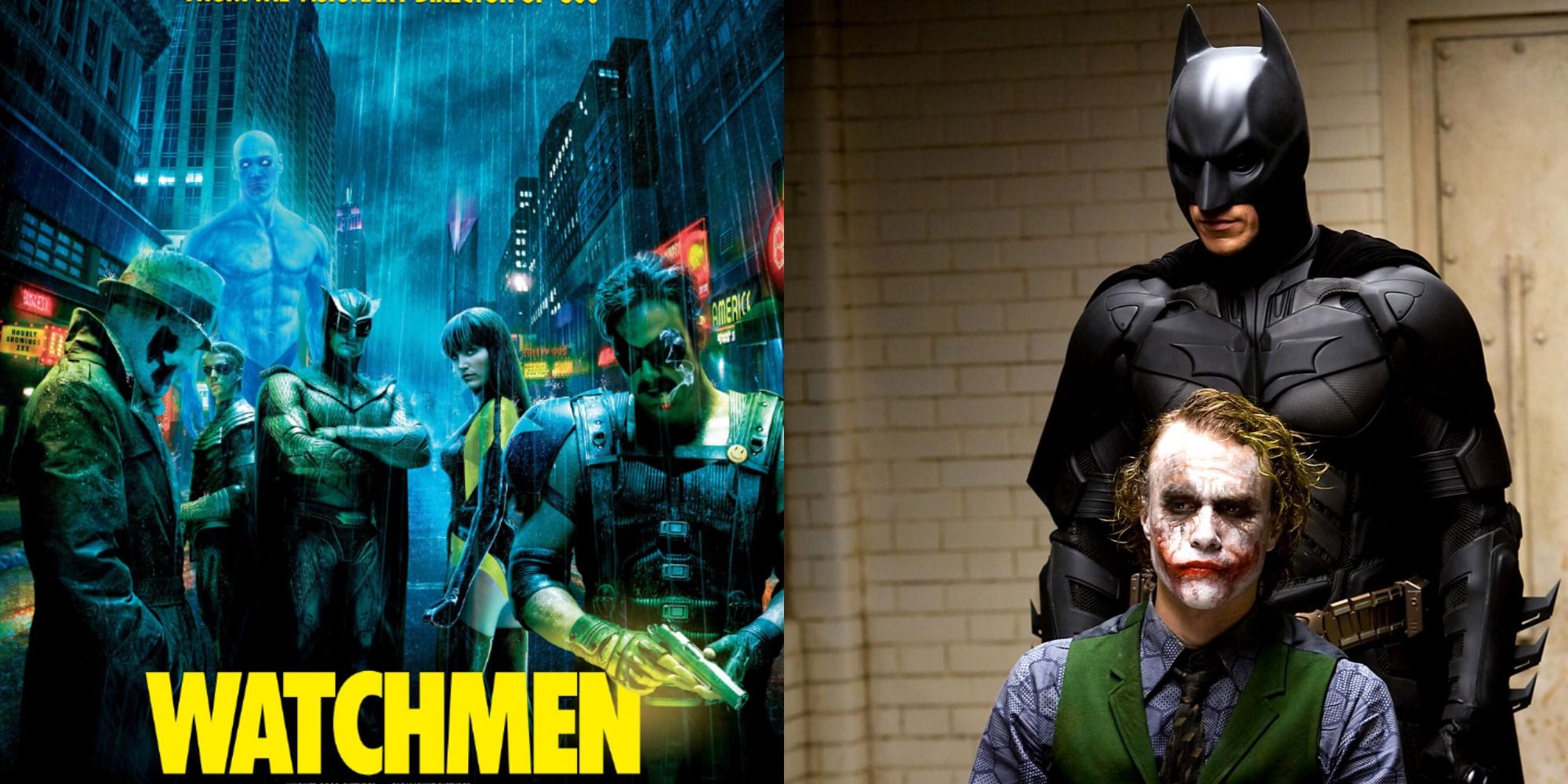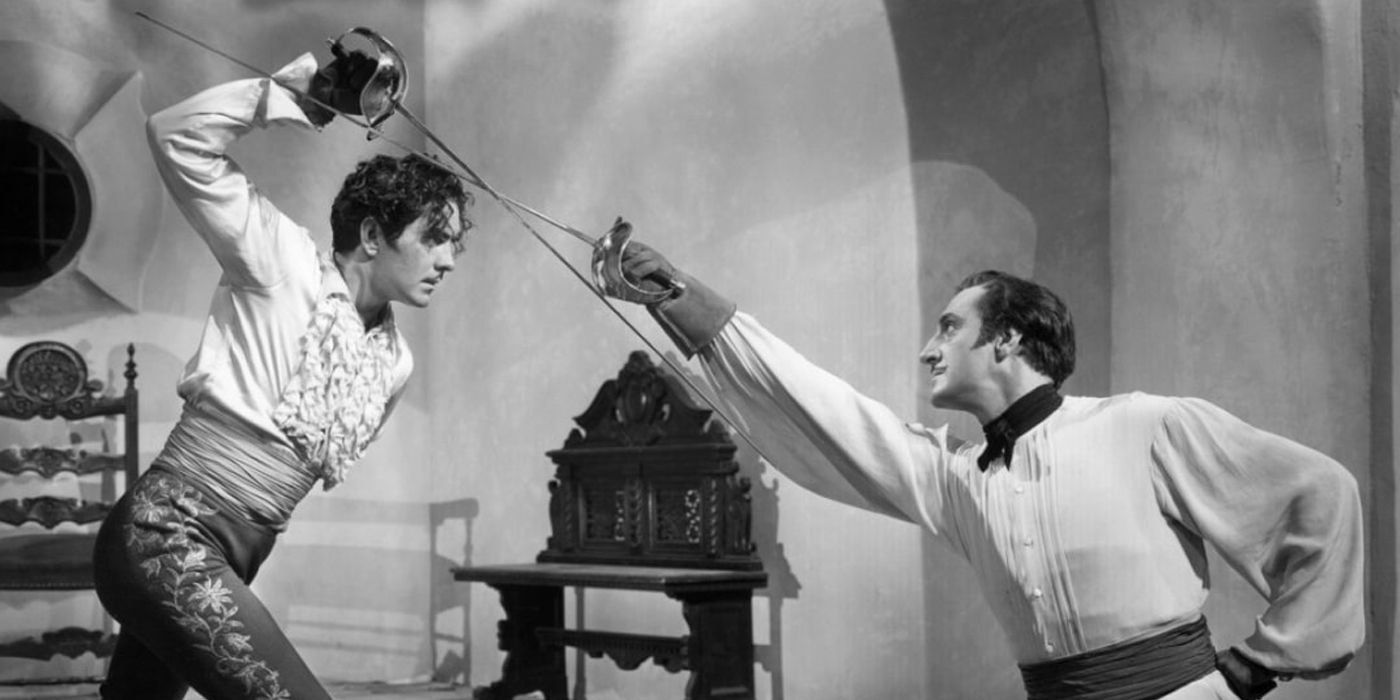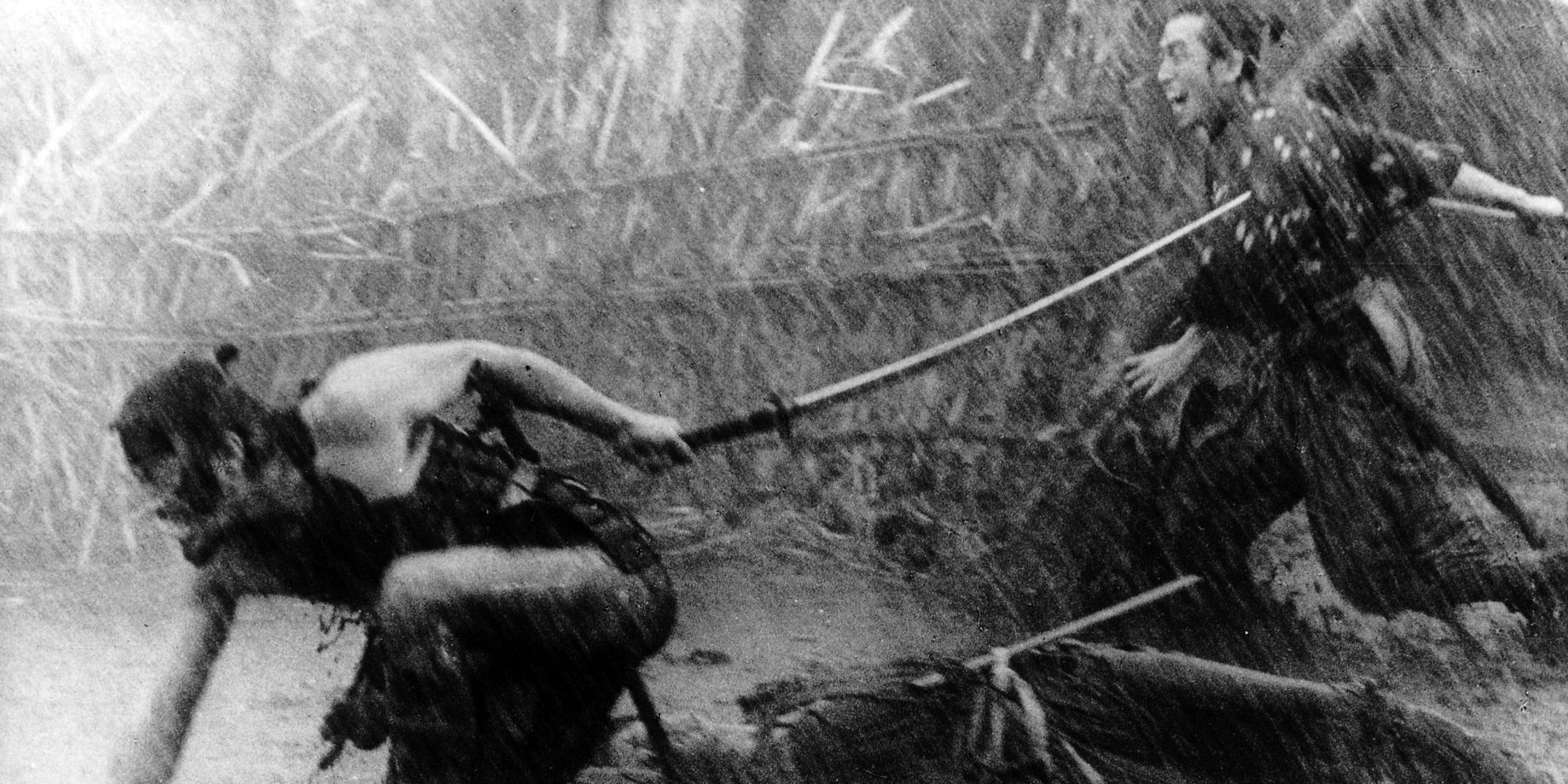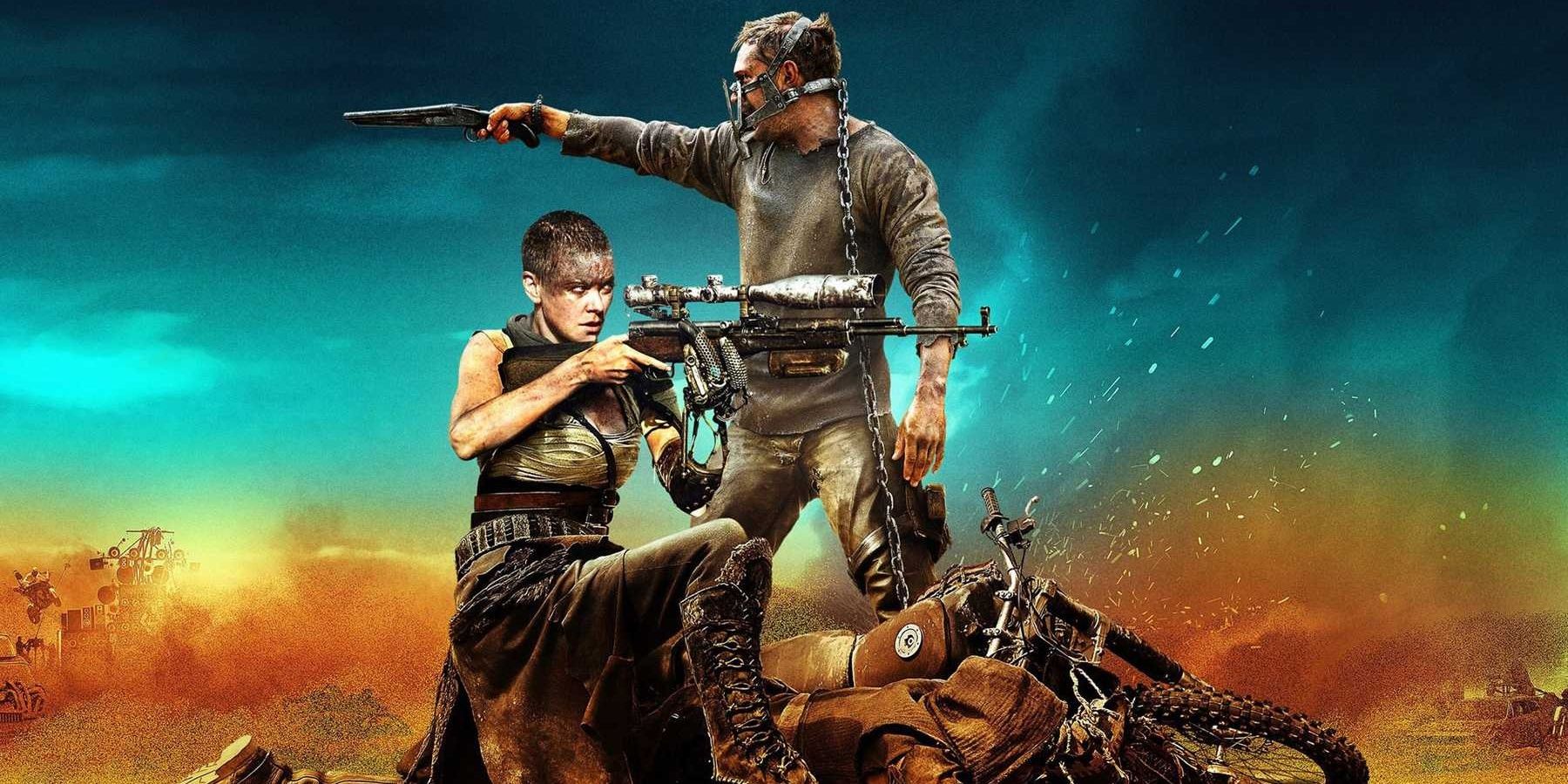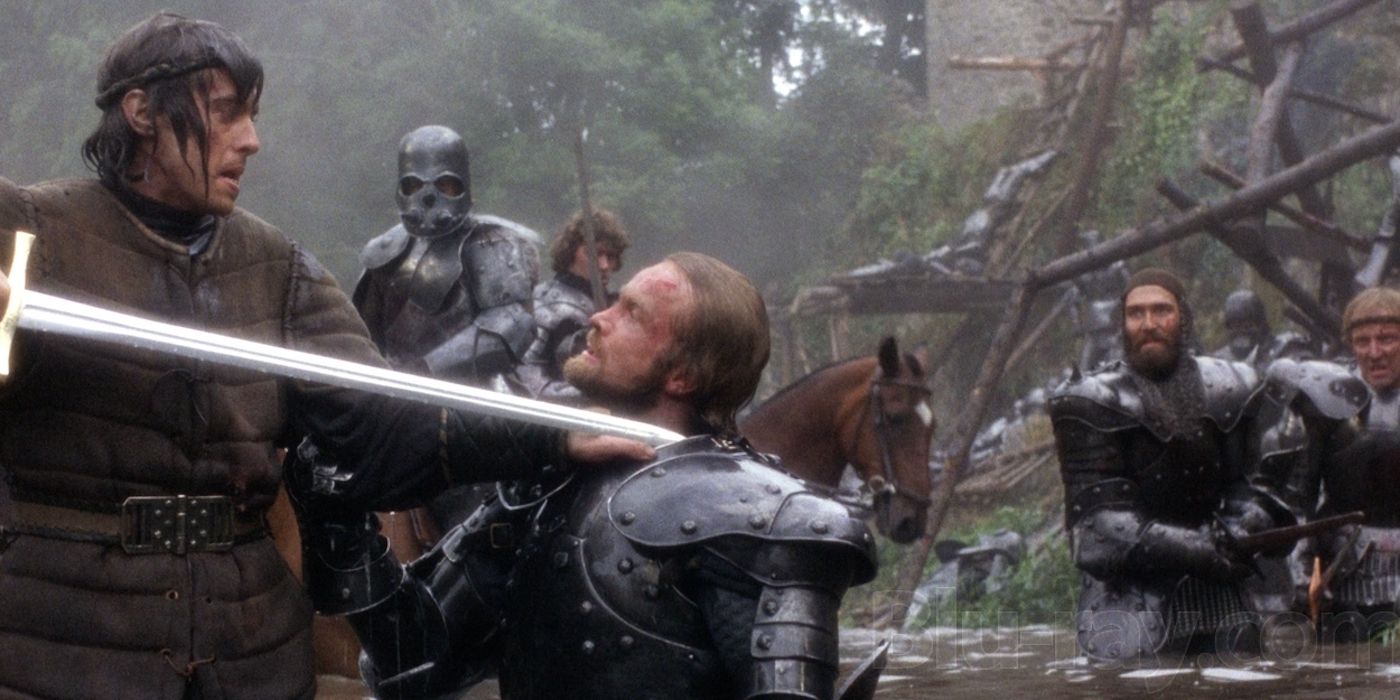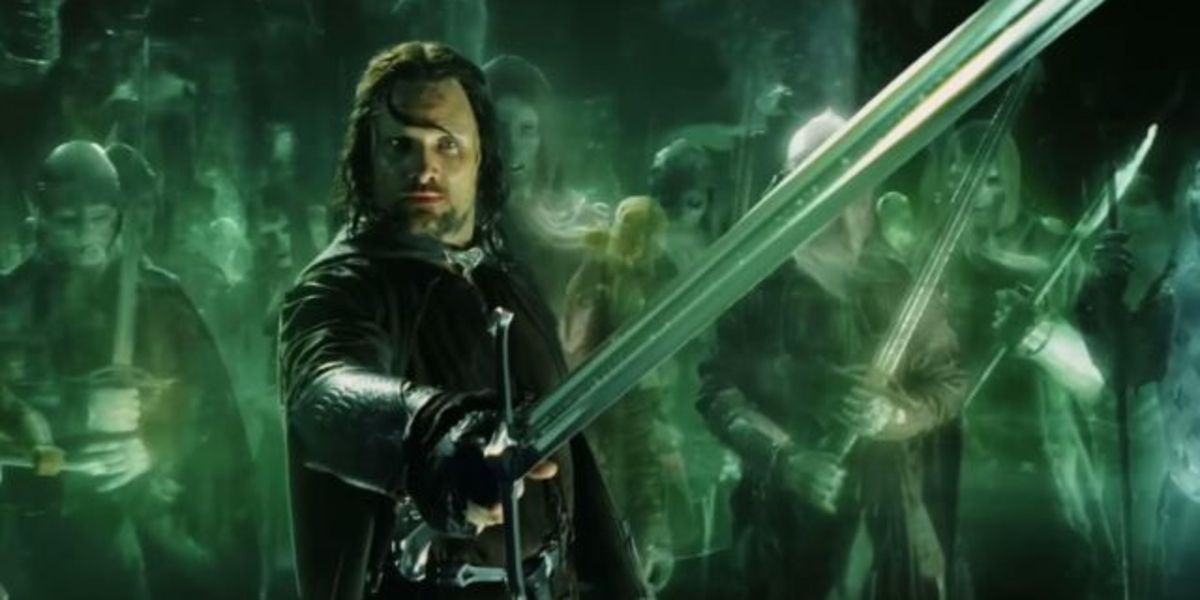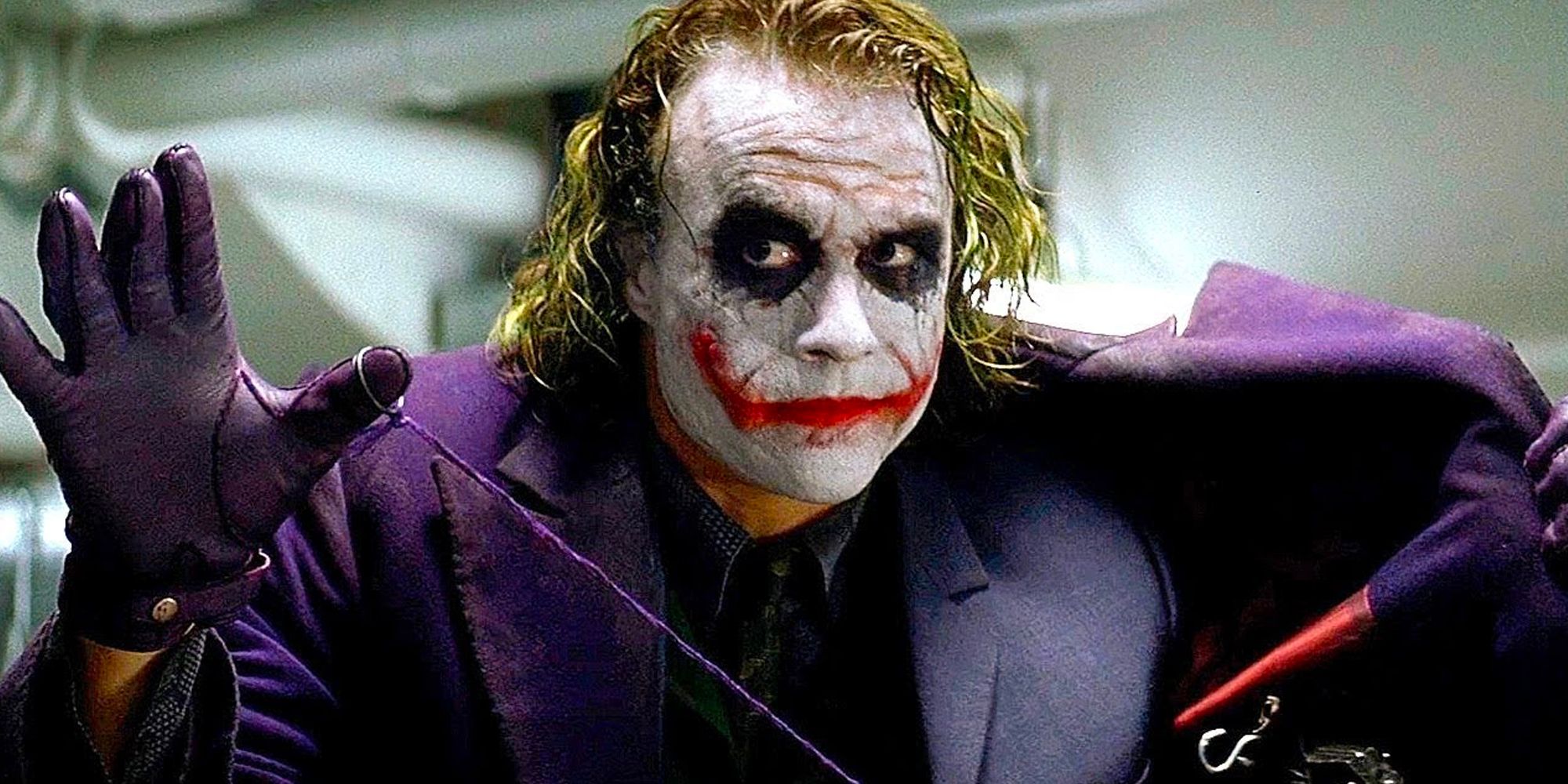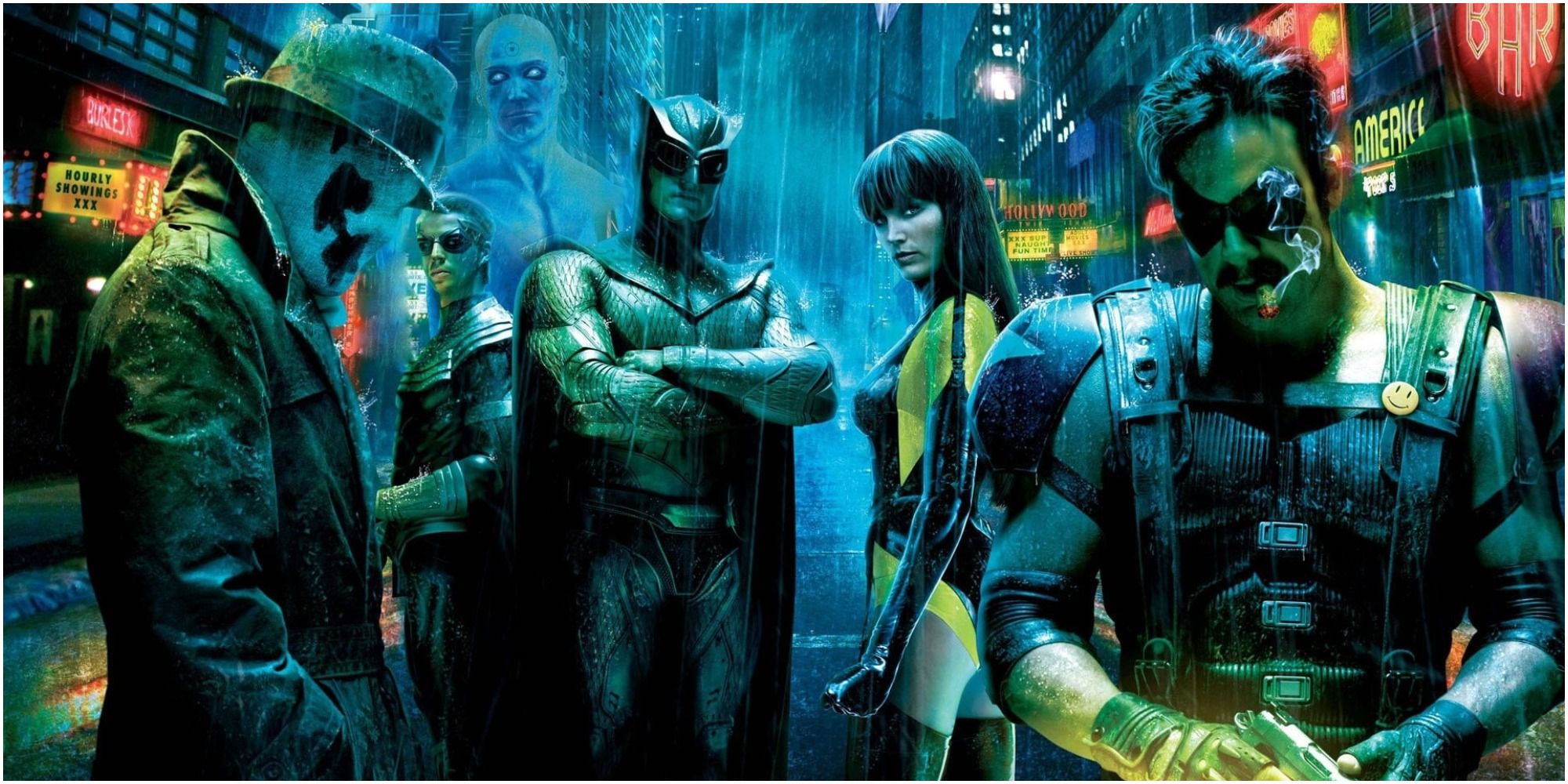Zack Snyder's DC film franchise, which began with Man of Steel in 2013, is laced with references, homages, and clear inspiration from Zack Snyder's favorite movies. Whether it is reverent nods, a similar tone, or even direct parallels, Snyder shows his love for these titles throughout his work, but they shine brightest in his superhero saga that embodies everything the director is known for.
In the persisting discussion around the "Snyderverse" and its thematic content, some people, like Ian Barcher, argue that Snyder's films derive inspiration from the techniques of famed director Alfred Hitchcock. However, it is important to understand Snyder's intent before any assumptions are made about his influences, as the director has been open about those films that impacted his work most.
The Mark of Zorro (1940)
Zack Snyder referenced Rouben Mamoulian's swashbuckling Western vigilante flick in Batman v Superman: Dawn of Justice. The reference can be found on a poster that's hanging on the theatre Thomas and Martha Wayne pass with Bruce before they are murdered. However, the comics have referenced this film (and the original 1920 silent version) for decades as part of young Bruce's inspiration to become a similarly black-clad crusader.
In his director's commentary (00:56) on the recently released remastered version of his film, Snyder confirmed he put his own spin on the homage by directly referencing Zorro's signature "Z," which he would cut into the flesh of his victims, with Batman's "Bat-brand." He would sear this into the skin of those whose crimes were so terrible that he would allow prison justice to decide their fate.
Seven Samurai (1954)
Akira Kurosawa's black-and-white classic remains an iconic historical Japanese movie that set a standard for team-up films across the world. The story involves the titular group of warriors assembled to defend a quaint village from bandits looking to steal their harvest. In a Q&A, Snyder has discussed (00:45:19) its influence on the widely team-focused titles among his filmography.
The premise of Seven Samurai should sound familiar. Zack Snyder's Justice League is overtly inspired by the Akira Kurosawa film for obvious reasons, so much that one old poster for Justice League pays homage to a classic poster for the Kurosawa classic. These influences will extend to Snyder's upcoming Netflix film Rebel Moon, a similar team-building adventure, though set in space.
Mad Max Series (1979-2015)
The Mad Max series that began with George Miller's Mad Max (1979) is a distinct franchise for its post-apocalyptic desert wasteland setting, roamed by leather-clad bandits and tribes in vehicles decked out in armor and spikes. Zack Snyder personally recommended Mad Max: Fury Road (2015) on his official HBO Max watchlist, composed by his friend and collaborator, Junkie XL.
In the storyboards for the planned two-part Justice League sequel, illustrated by Jim Lee and lettered by Geoff Johns, a post-apocalyptic Batman would employ a "Fury Road-inspired Batmobile" in his battle against the mind-controlled Superman in the "Knightmare" future. It is easy to see the other Mad Max inspirations in that desert dystopia of retrofitted armoured school buses and makeshift fortresses.
Excalibur (1981)
John Boorman's Arthurian drama is one of Zack Snyder's favorite films, and its influence is felt throughout his work. On the podcast Movies That Changed My Life, Snyder went into detail (13:52) on his thoughts on the Excalibur motif throughout Batman v Superman and how both titular heroes fit into the King Arthur role. "Mythology" is a word Snyder likes to use, and this film may be why.
In Batman v Superman, Boorman's film is on the marquees above the theatre entrance during the opening scene. The movie's influence is also seen through Superman as he impales himself further on Doomsday's spike to slay the monster with a Kryptonite spear (referencing Arthur's similar feat at the climax of Excalibur).
The Lord of the Rings (2001-2003)
Arguably the greatest movie trilogy of all time, Peter Jackson's adaptation of J.R.R. Tolkien's Middle-Earth masterpiece remains a staple of the high fantasy genre. In explaining the structure of his five-film plan, Snyder likened his operatic superhero saga to a kind of Lord of the Rings multi-chapter story. There were even going to be three films under the "Justice League" banner.
This influence can best be seen in the "history lesson" scene in Zack Snyder's Justice League, which depicts Darkseid's invasion of Earth thousands of years ago, wherein a united Earth defeated the giant tyrant until his inevitable return seeking vengeance. It is highly reminiscent of the iconic opening sequence of The Fellowship of the Rings. In his commentary on the trailer, he called the scene a "sci-fi Lord of the Rings" kind of world.
The Dark Knight Trilogy (2005-2011)
Christopher Nolan's trilogy of Batman films is widely considered the peak of what the superhero genre is capable of. Zack Snyder seems to concur, inspired by Nolan's commitment to creating a realistic depiction of Batman. Nolan's co-writer on the trilogy, David Goyer, fittingly wrote Snyder's similarly realistic take on Superman in Snyder's Man of Steel, followed by the first draft of Batman v Superman before being replaced by Chris Terrio.
Snyder went into detail on how The Dark Knight opened doors for a new way of telling superhero stories, and even called Man of Steel "the most realistic movie I've made." This grounded approach to the DC universe has persisted through Snyder's story ever since.
Watchmen (2009)
Snyder has even taken from himself, if fans count his 2009 adaptation of Alan Moore's comic Watchmen to be his film. Though his Dark Knight Returns-inspired superhero-versus-superhero epic, Batman v Superman is riddled with nods to the shot-for-shot adaptation, there is more going on. In a Wall Street Journal interview, Snyder called it "the impossible version of Watchmen."
Just as Watchmen deconstructs the superhero genre, Batman v Superman deconstructs Batman and Superman. In a believable world, an older Dark Knight's morality would be broken down by the darkness he fights every day, and a debatably naïve Man of Steel would be hated and feared by one half of humanity or worshipped as a god by the other. Despite this, the film ends on the subversive and hopeful note that good still exists in this world.

